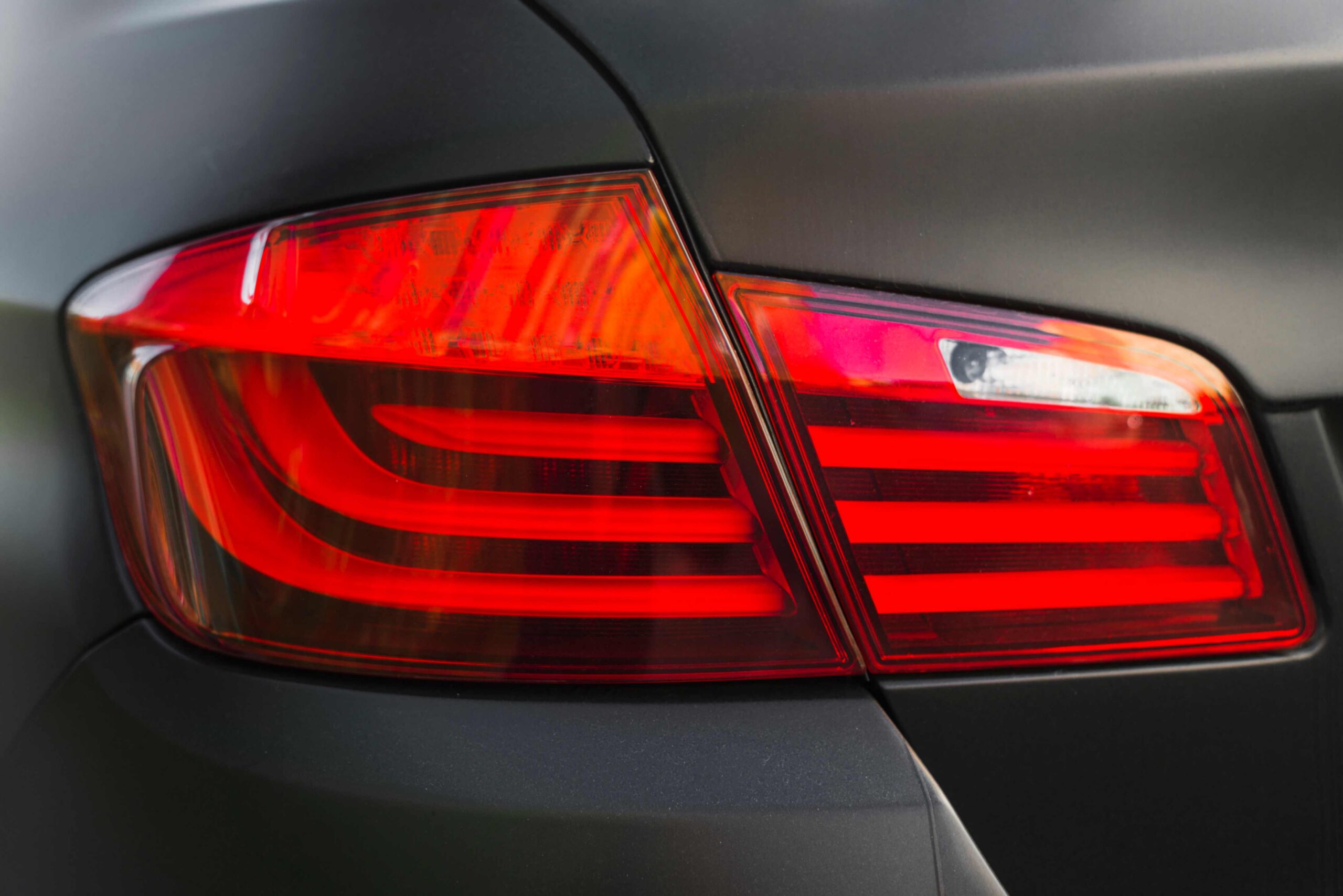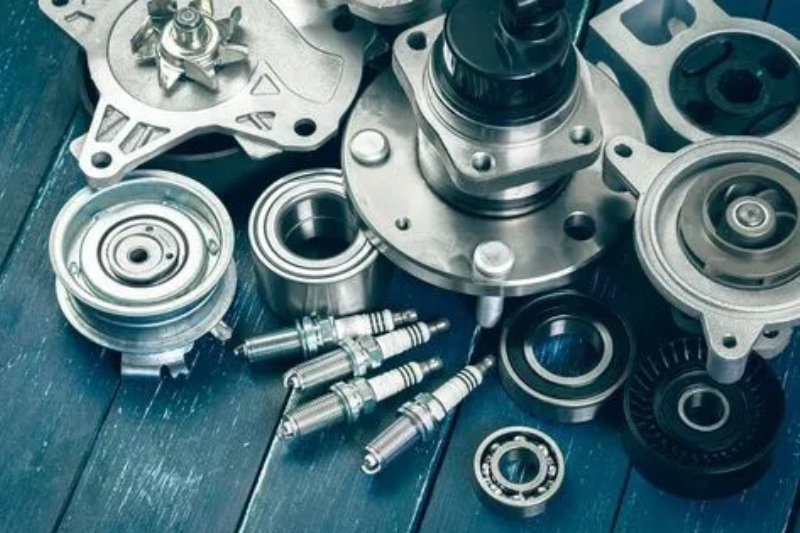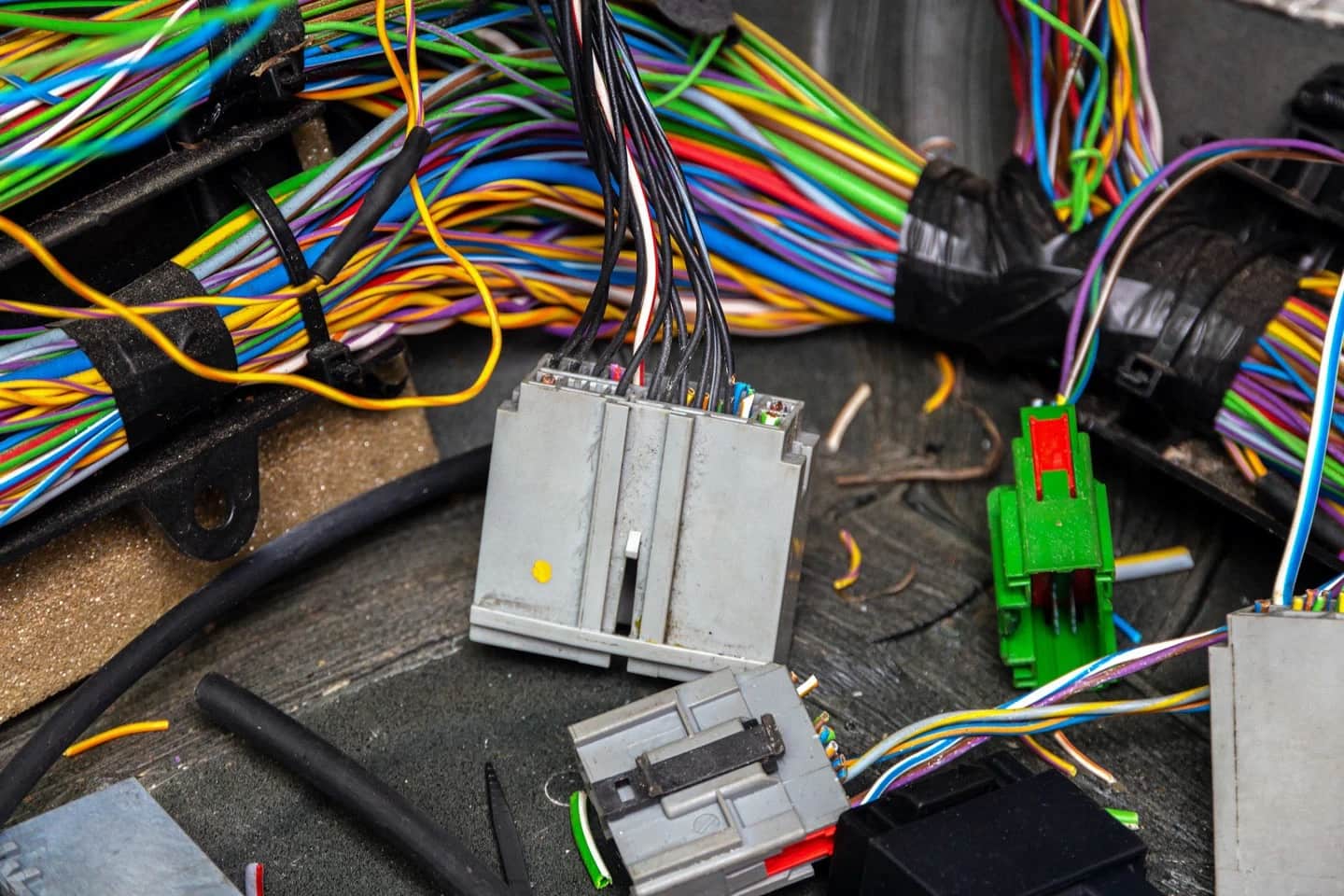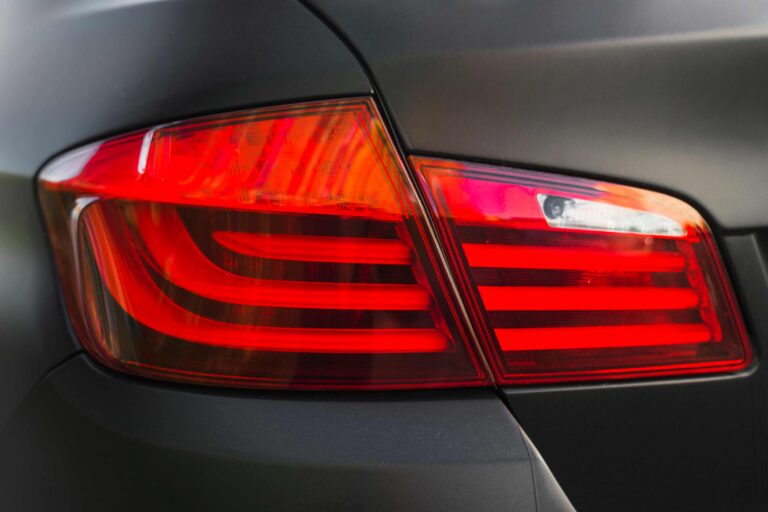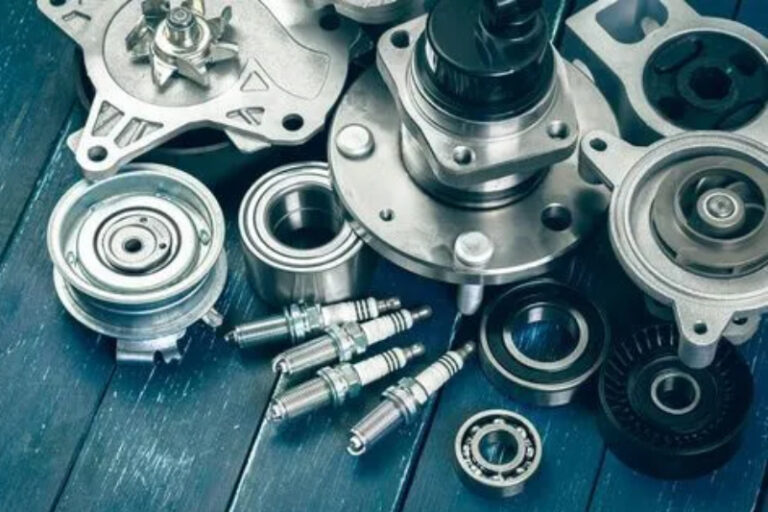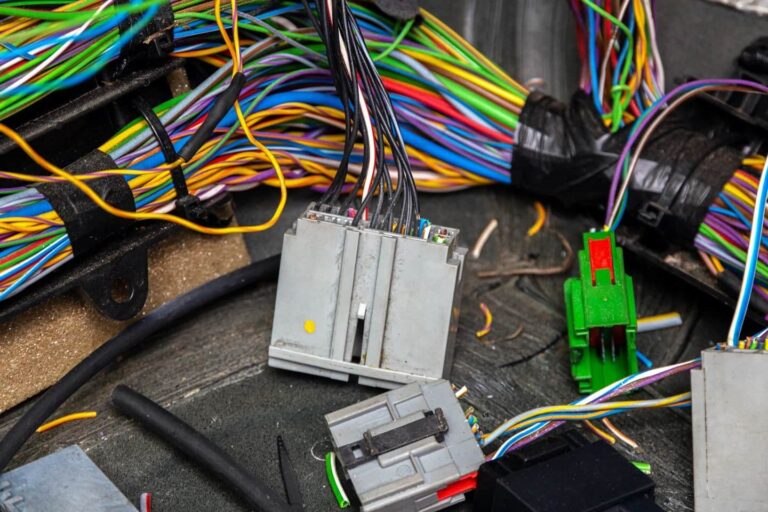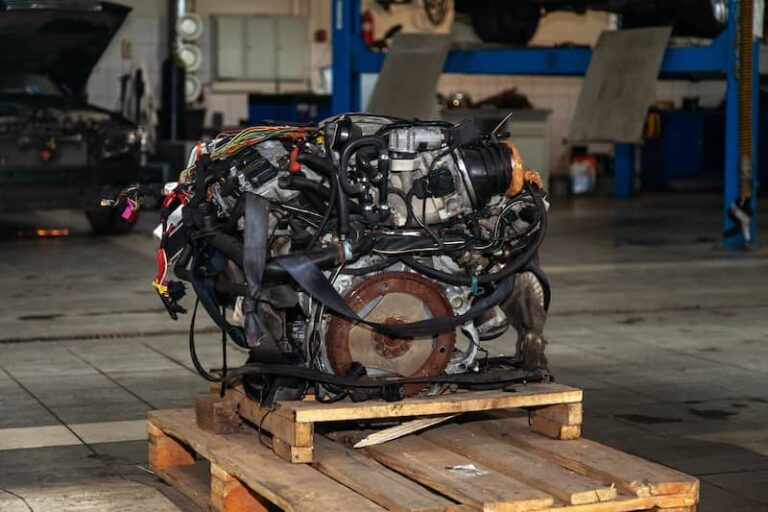If Apple can use Samsung and LG screens for their iPhones, who’s to stop another brand from using components from different manufacturers? The truth is that modern mass production thrives on the concept of shared parts. Whether it’s electronics, furniture, computers, or automobiles, every industry depends on the ability to integrate compatible components from various models or even other brands.
For the automotive aftermarket industry, the auto parts cross reference system is one of the most crucial tools. It allows businesses and customers alike to find interchangeable car components efficiently, ensuring that maintenance and repairs are fast, cost-effective, and accurate.
According to the U.S. Bureau of Transportation Statistics, the average age of passenger vehicles on the road today is nearly 12 years. That means millions of vehicles require regular maintenance, repairs, and replacement parts. But what happens when the exact part for an older car is no longer available? That’s where auto parts cross referencing becomes invaluable.
Instead of endlessly searching junkyards, swap meets, or local dealers, car owners can now use online catalogs and cross-reference databases to find parts that are identical or compatible with their vehicles. This not only saves time and money but also makes the process more secure and convenient – especially in today’s digital-first world.
In this comprehensive guide, we’ll explore what cross referencing means, the types of car parts involved, how it benefits both businesses and customers, and how interchangeable car parts work in real life.
Understanding the Types of Car Parts
Before diving into how cross referencing works, it’s important to understand the difference between the two main types of car parts – OE (Original Equipment) and OEM (Original Equipment Manufacturer) parts.
OE Parts
OE stands for Original Equipment. These are parts produced by the same manufacturer that originally built the vehicle. In other words, OE parts are the exact same components that came installed in your car when it was new.
For example, a BMW OE part would have a BMW part number and come in official BMW packaging. These parts are considered the gold standard for quality and fit but are also the most expensive. If you’re looking for guaranteed performance and durability, OE parts are the safest choice.
OEM Parts
OEM stands for Original Equipment Manufacturer, and these parts are made by companies that produce components for carmakers but sell them under their own branding. These parts are manufactured to meet the same specifications as OE parts, often using the same designs and materials.
For instance, Thyssenkrupp manufactures suspension components for BMW vehicles. So while BMW doesn’t produce these parts directly, they are still made to BMW’s exact standards.
OEM parts are typically more affordable than OE parts but offer nearly identical performance and reliability. This makes them a preferred choice in the aftermarket industry.
The Benefits of Auto Parts Cross Referencing
Integrating a cross reference system into your online catalog or business operations can transform how you serve both customers and partners. Let’s look at the benefits from both perspectives.
Business Benefits
- Improved Inventory Management
Cross referencing allows auto parts retailers to identify equivalent parts across multiple brands. This means fewer stock outs and overstock issues since you can offer compatible alternatives when one part isn’t available. - Competitive Advantage
Complete and accurate fitment information gives your online store an edge. If visitors can easily find what they need, they’re less likely to leave for a competitor’s website. - Expanded Market Reach
With a comprehensive cross reference database, your catalog becomes valuable not just for consumers but also for other businesses – distributors, repair shops, and OEMs. - Faster Part Sourcing
When an OE part goes out of production, you can still fulfill orders using OEM or compatible aftermarket parts, saving time for both you and your customers. - Higher Customer Retention
A smooth and informative shopping experience keeps buyers coming back. A robust cross reference system builds trust and improves customer satisfaction.
Customer Benefits
From a car owner’s point of view, cross referencing is equally beneficial:
- Convenience: Customers can search for compatible parts online without leaving home.
- Time Savings: Instead of guessing or visiting multiple stores, they can find exact replacements in seconds.
- Cost Savings: By finding interchangeable parts, users can compare prices and choose affordable yet high-quality options.
- Confidence: Knowing that a part fits perfectly eliminates the uncertainty of online auto part shopping.
- Accessibility: Even for older or discontinued vehicle models, compatible parts can still be located easily.
For instance, if someone owns a 2009 Toyota Camry and can’t find an original alternator, they can search a cross reference database to find compatible parts from equivalent Toyota, Lexus, or even aftermarket suppliers.
What Car Parts Are Interchangeable?
A common question among car enthusiasts and mechanics is: “What car parts are interchangeable?” or “Which cars share the same parts?”
The short answer: almost all vehicles share at least some parts with other models.
Automakers strive to reduce production costs and accelerate time-to-market, and one way they achieve this is through parts standardization and sharing. Developing, testing, and manufacturing brand-new parts for each model is extremely expensive, so companies often reuse components across different vehicles.
Here are some interesting examples:
- Mercedes-Benz A180d shares the same engine with several Nissan and Dacia models.
- Smart Fortwo and Renault Twingo share nearly 60% of their components, including the engine.
- Subaru BRZ and Toyota GT86 use the same Subaru-developed engine and platform.
- Toyota GR Supra and BMW Z4 are built on the same chassis platform and share many mechanical components.
- Mazda and Ford had a 20-year manufacturing partnership, sharing engines, platforms, and brake systems.
Even today, Ford collaborates with Yamaha for engine and sub-assembly production.
While larger components like engines or chassis platforms can be shared, smaller interchangeable parts are much more common. These include:
- Door handles
- Spark plugs
- Brake pads
- Filters
- Fuel pumps
- Side mirrors
- Headlights and taillights
- Suspension components
If you examine 10 – 15 different vehicle models, chances are several of them share at least one identical part.
The Role of Online Auto Parts Cross Reference Databases
Online cross reference databases allow users to input a part number, vehicle model, or manufacturer and instantly view a list of compatible or equivalent parts.
For example, a customer searching for a Bosch 0986AF2104 air filter might find compatible options from MANN, Fram, or ACDelco through the cross reference system.
Such databases are crucial for:
- Aftermarket retailers maintaining accurate listings.
- Repair shops finding quick alternatives.
- Consumers comparing OE, OEM, and aftermarket options.
The Auto Vehicle Parts website, for instance, provides a comprehensive catalog covering thousands of vehicle makes and models – offering both new and used auto parts that match OE standards.
Why Cross Referencing Matters in Today’s Market
With vehicles becoming more technologically advanced, customers expect efficiency and accuracy in part selection. Cross referencing simplifies complexity by organizing vast amounts of data into user-friendly search systems.
For auto retailers, this means:
- Streamlined operations.
- Increased conversions.
- Reduced returns due to incorrect part fitment.
For consumers, it means confidence, convenience, and affordability.
In short, auto parts cross referencing has become the backbone of the modern car parts marketplace – connecting manufacturers, suppliers, and end users through intelligent data integration.
Final Thoughts
Cross referencing isn’t just a behind-the-scenes process – it’s the foundation of the modern automotive parts industry. It enables cost savings, sustainability, and convenience for everyone involved – from manufacturers to mechanics to individual car owners.
As vehicles evolve, the ability to identify and source compatible parts will become even more critical. Whether you’re an auto retailer, repair shop, or car enthusiast, embracing auto parts cross reference technology ensures smoother operations, better customer experiences, and a smarter way to keep the world’s vehicles on the road.
For the most reliable and comprehensive source of both new and used auto parts, visit Auto Vehicle Parts – your trusted partner in finding the perfect fit for every vehicle.
Frequently Asked Questions
Auto parts cross referencing is the process of identifying equivalent or compatible parts across different brands, manufacturers, or models using a shared part number database.
Yes, OEM parts are made to the same specifications as OE parts and are typically interchangeable. However, always verify compatibility through a cross reference tool before purchasing.
Use a reliable auto parts cross reference website like Auto Vehicle Parts, where you can search by make, model, or part number to find interchangeable options quickly.
Yes, high-quality aftermarket parts that meet OE standards are safe. They can even outperform OE parts in certain cases while being more affordable.
It helps businesses expand their catalog, minimize returns, and retain customers by offering accurate fitment data and interchangeable alternatives.


